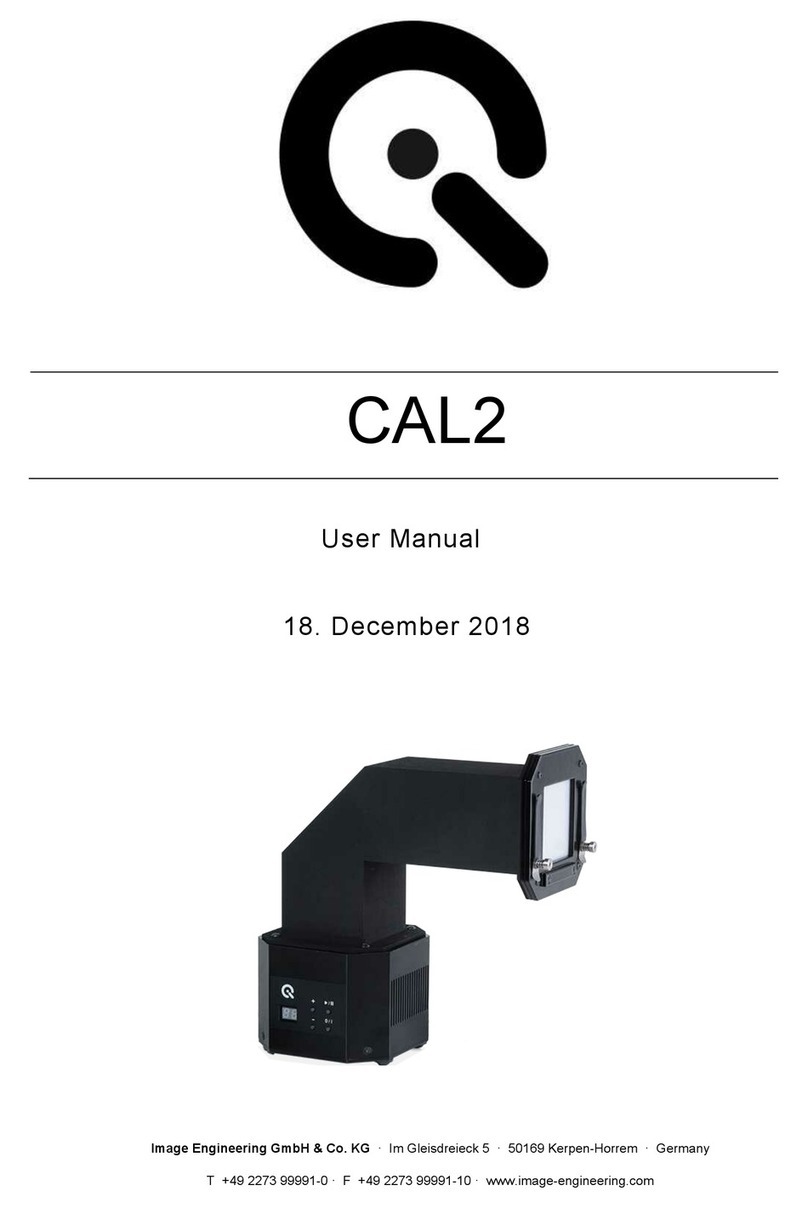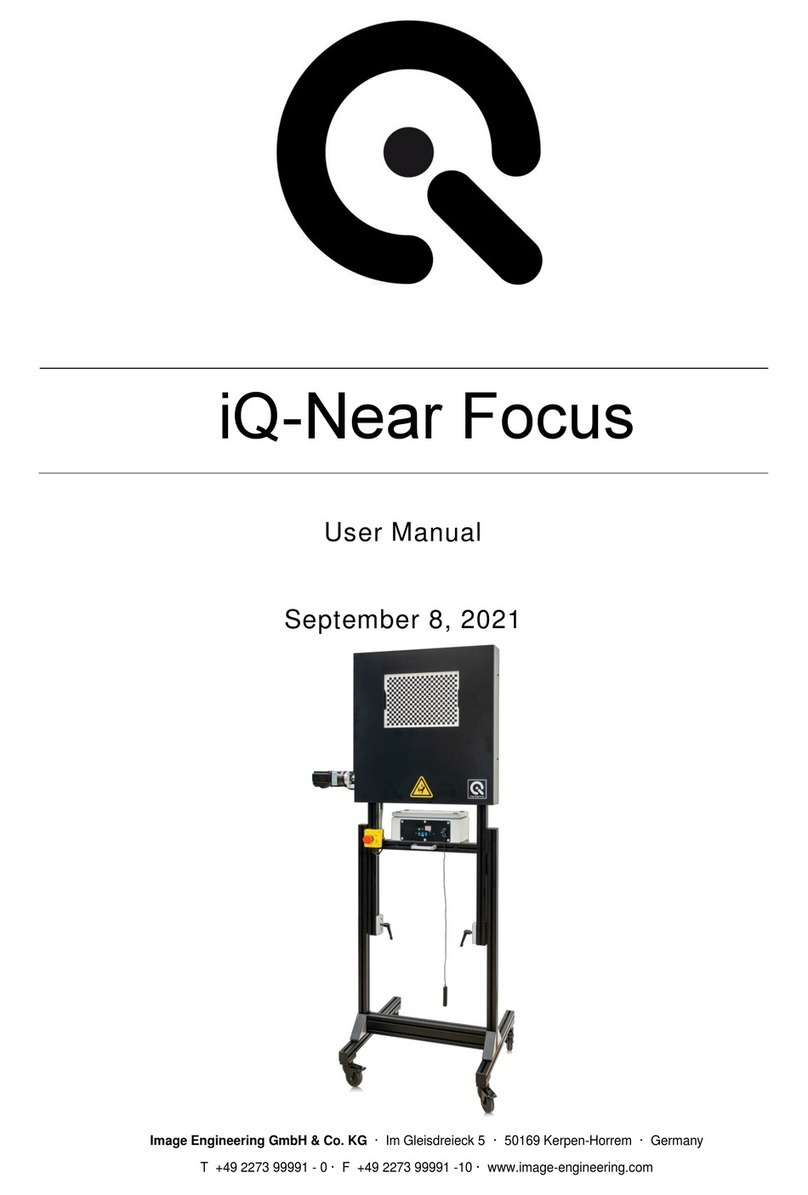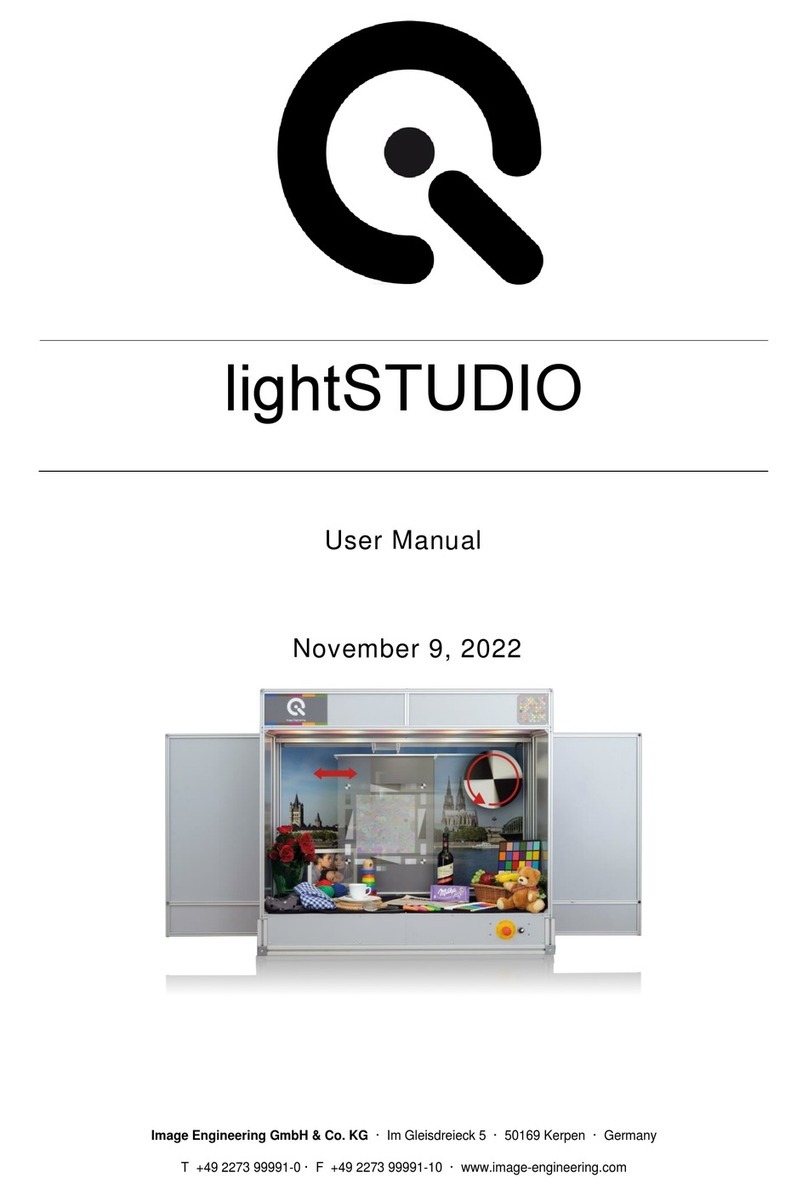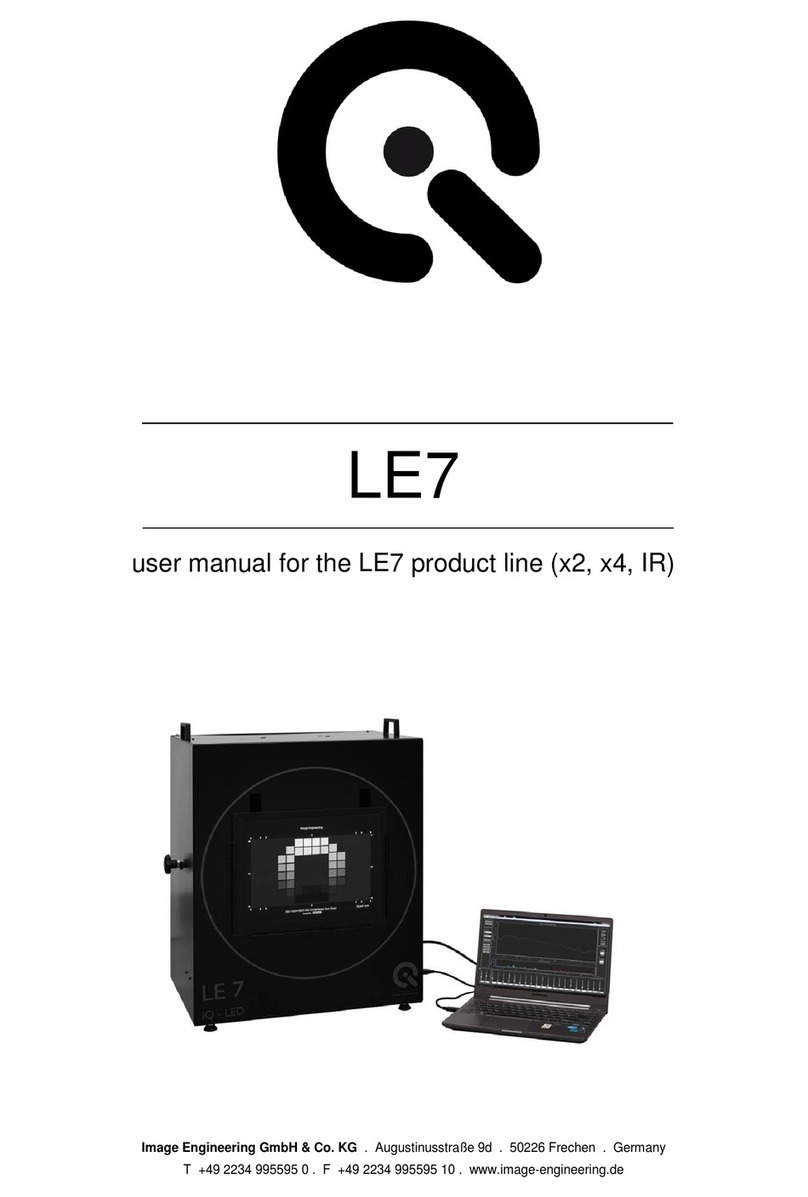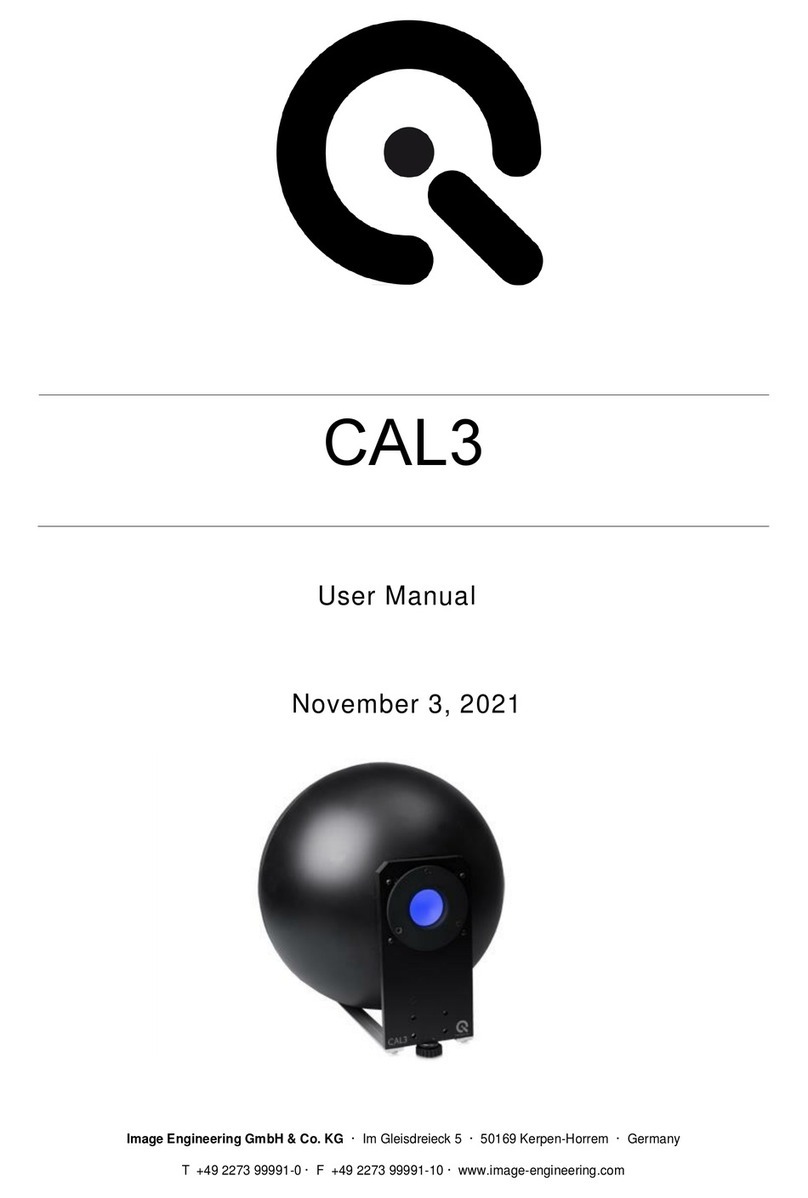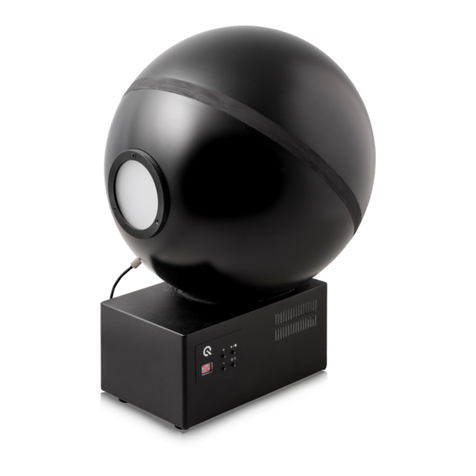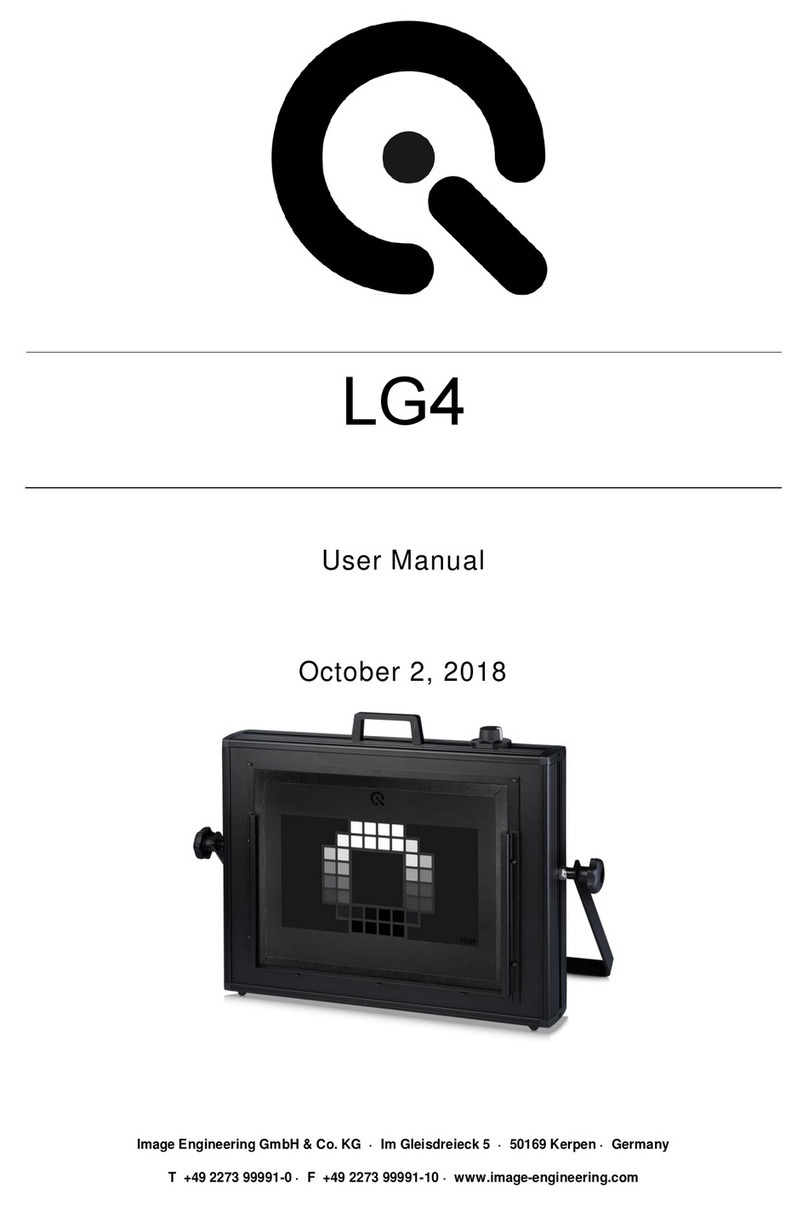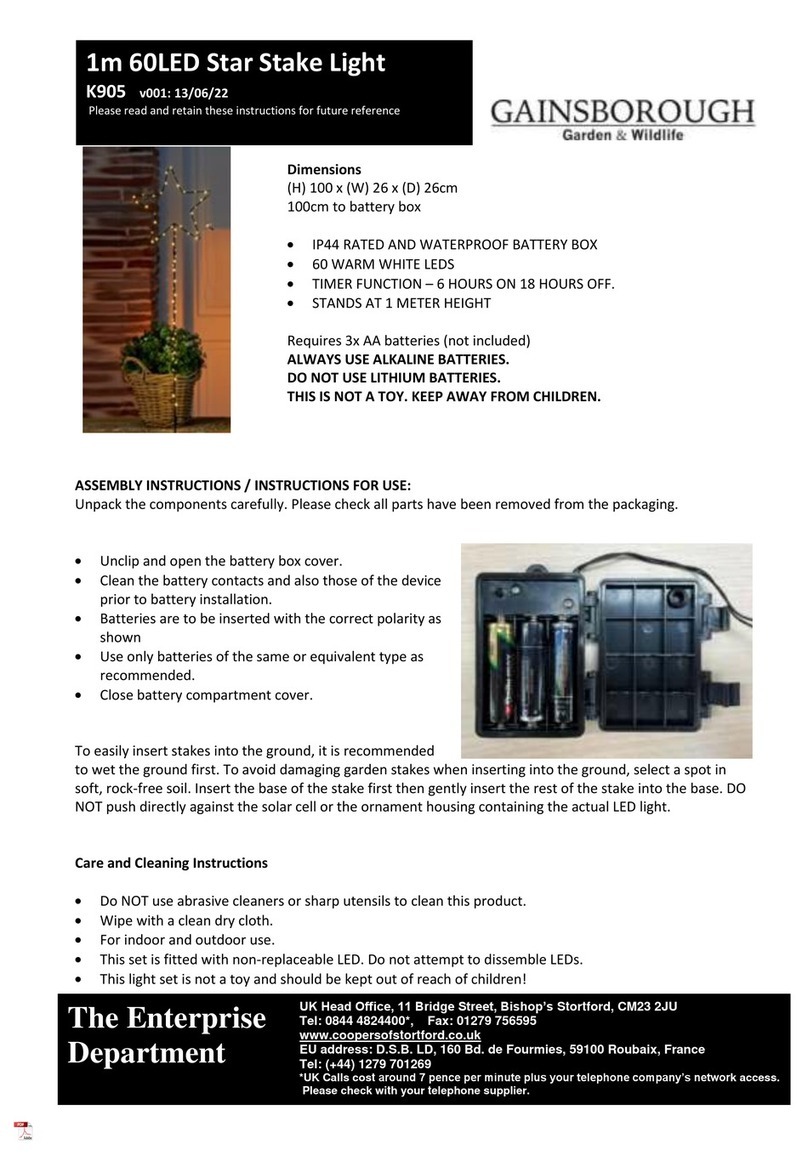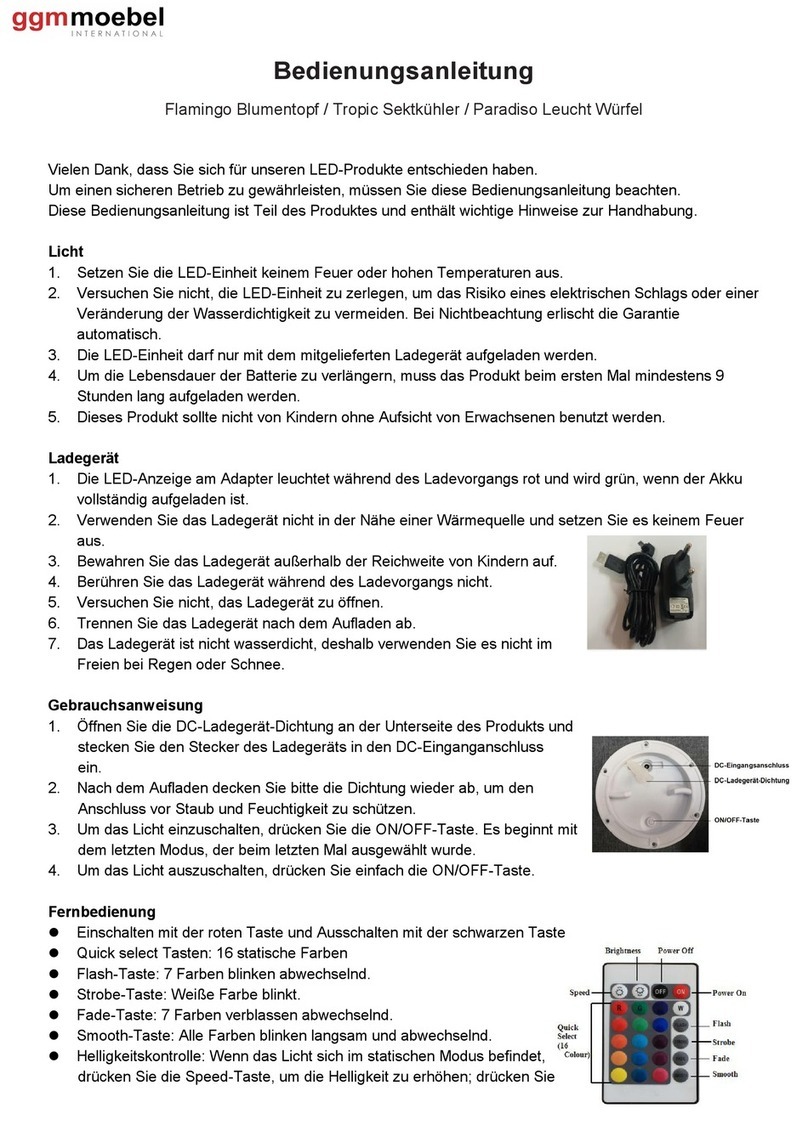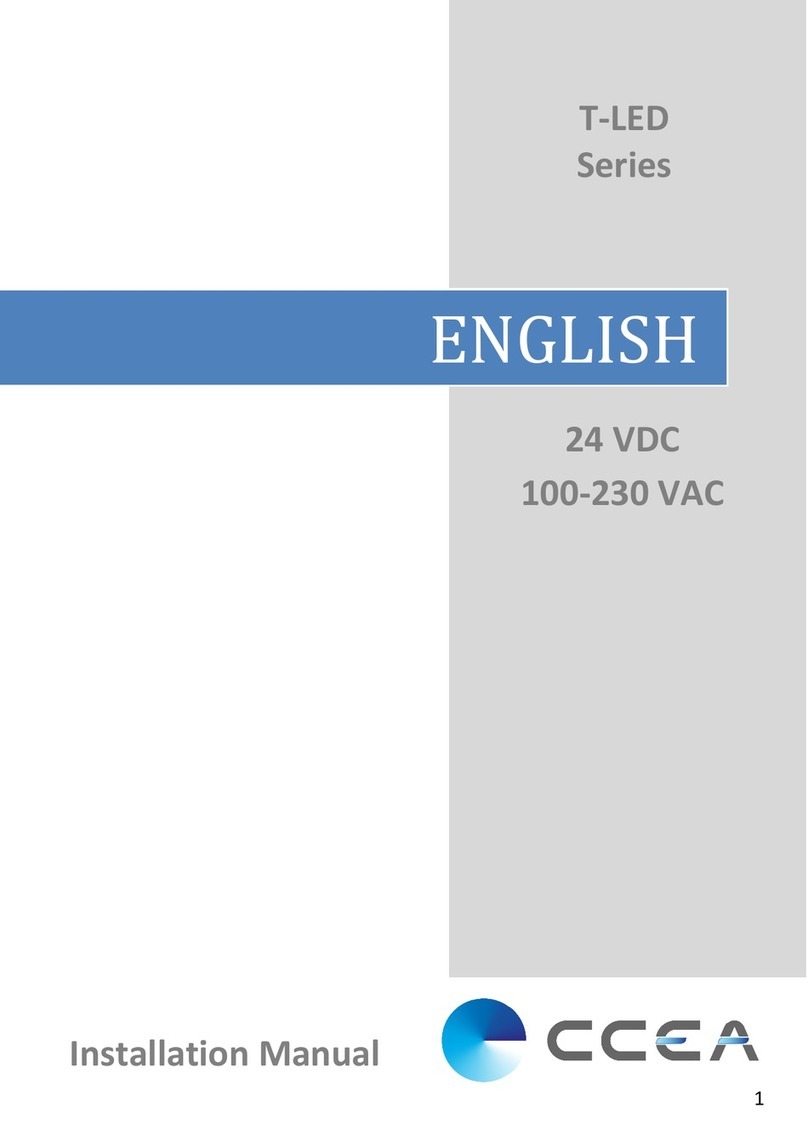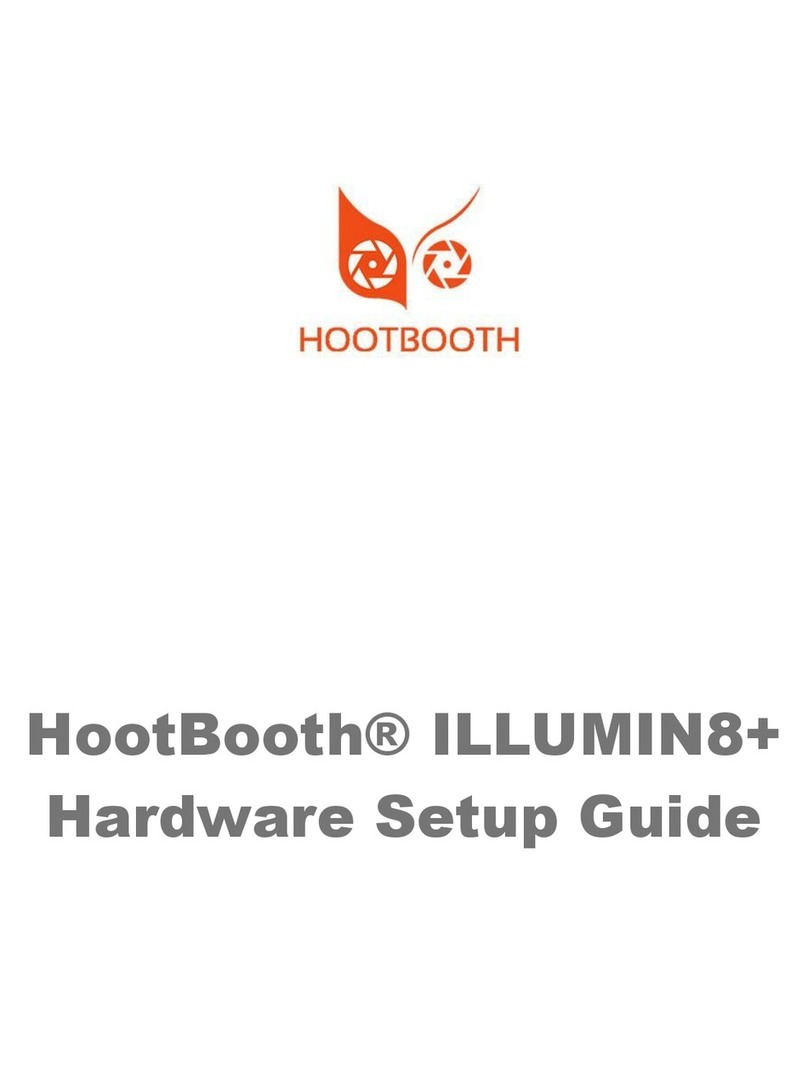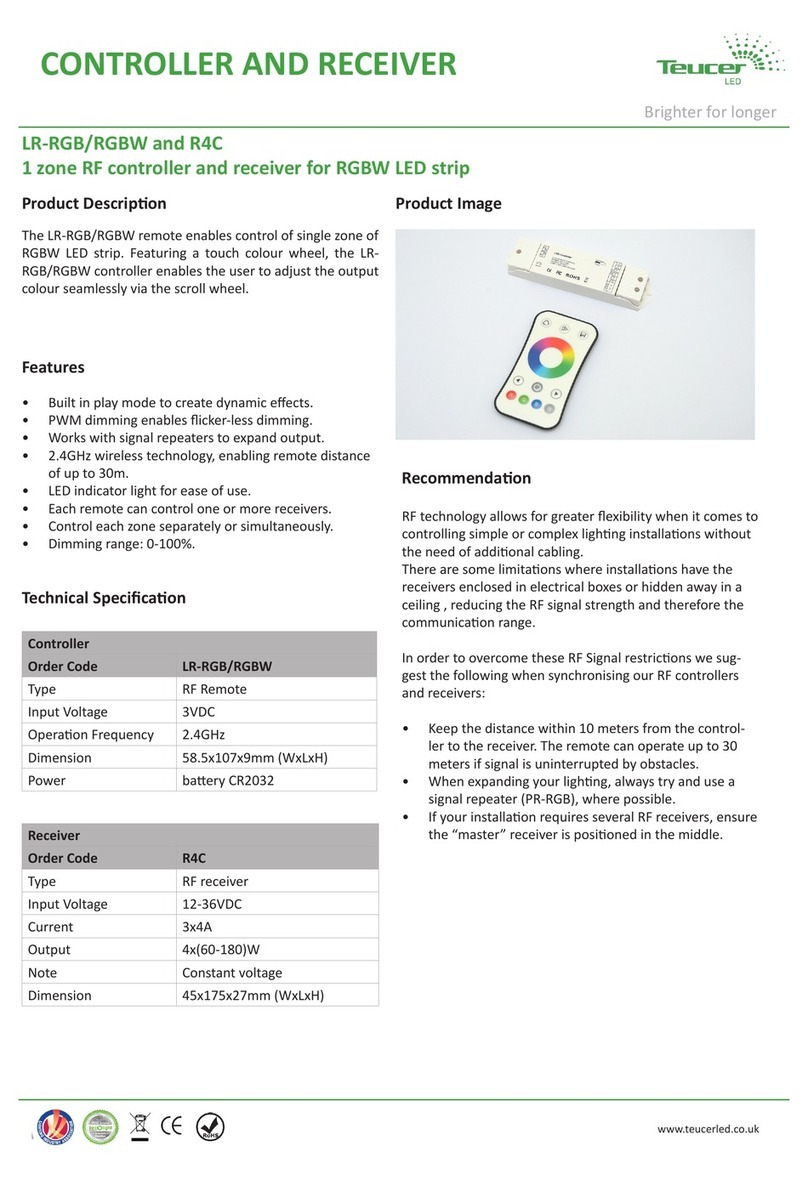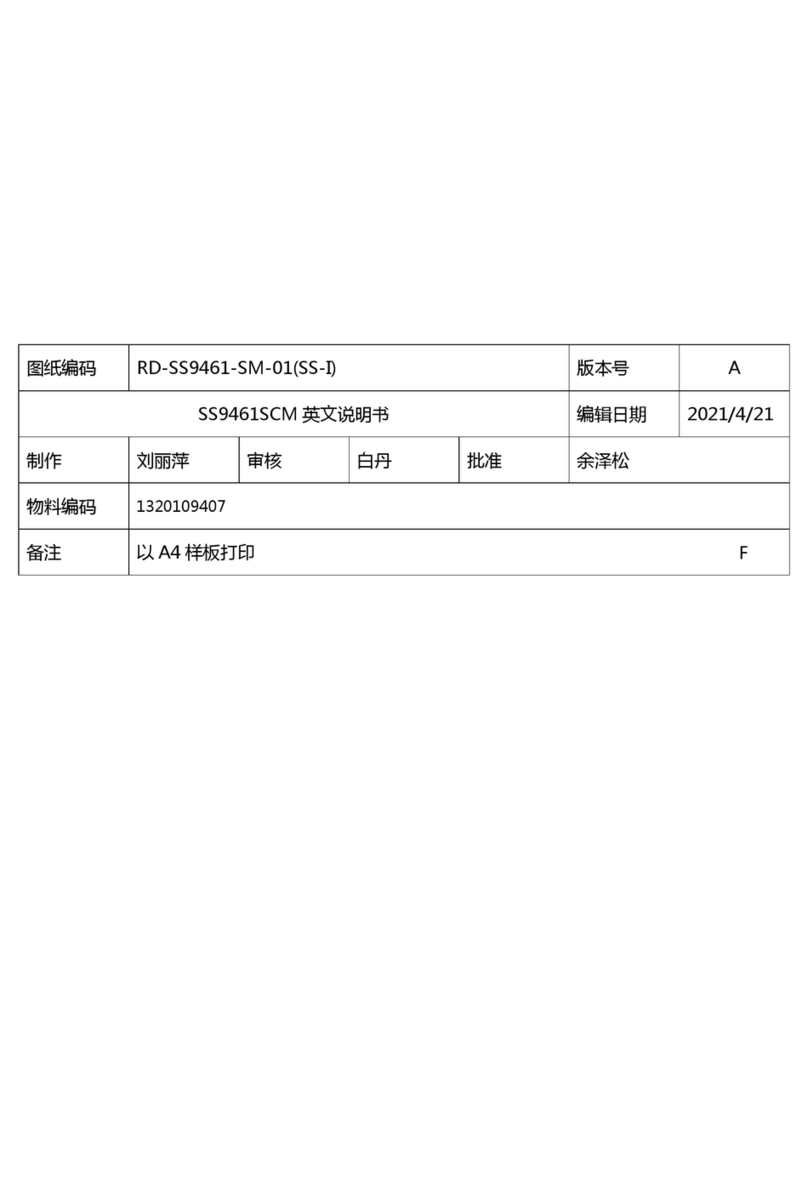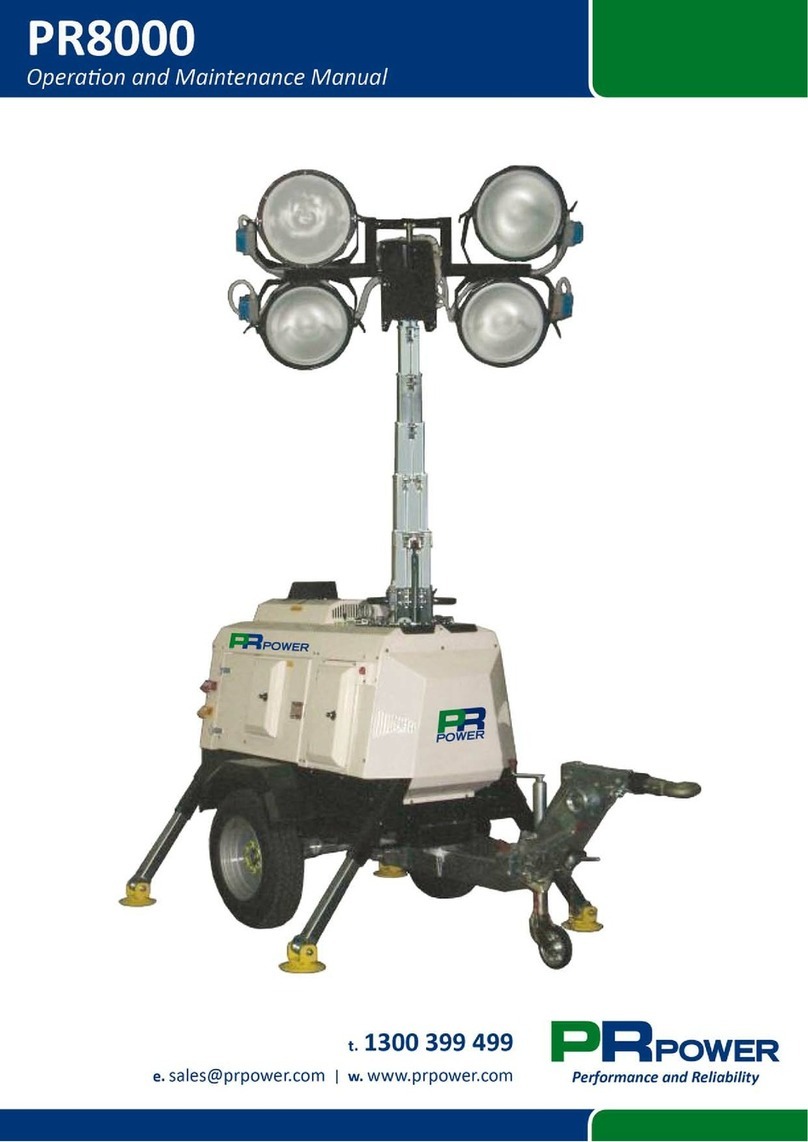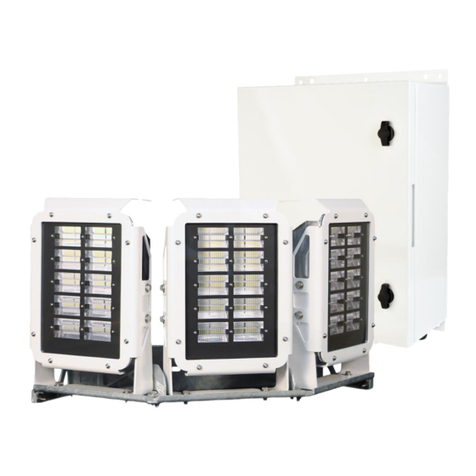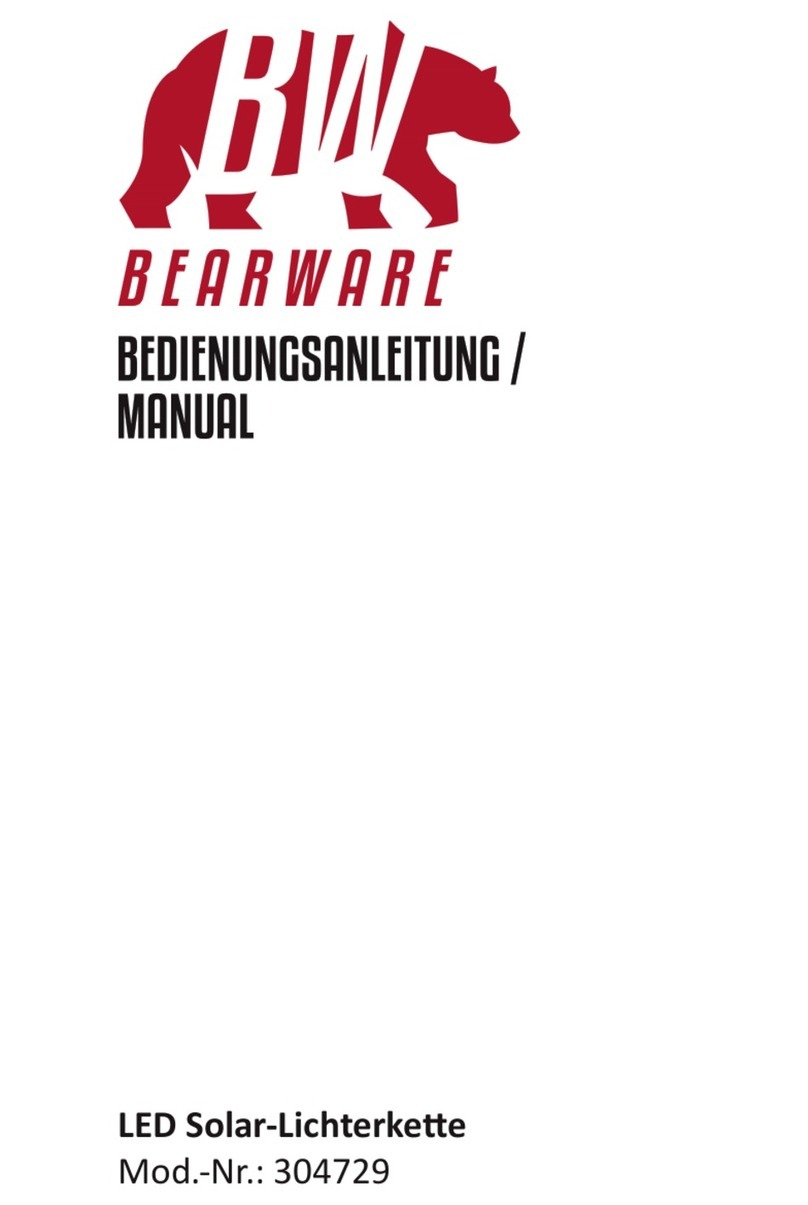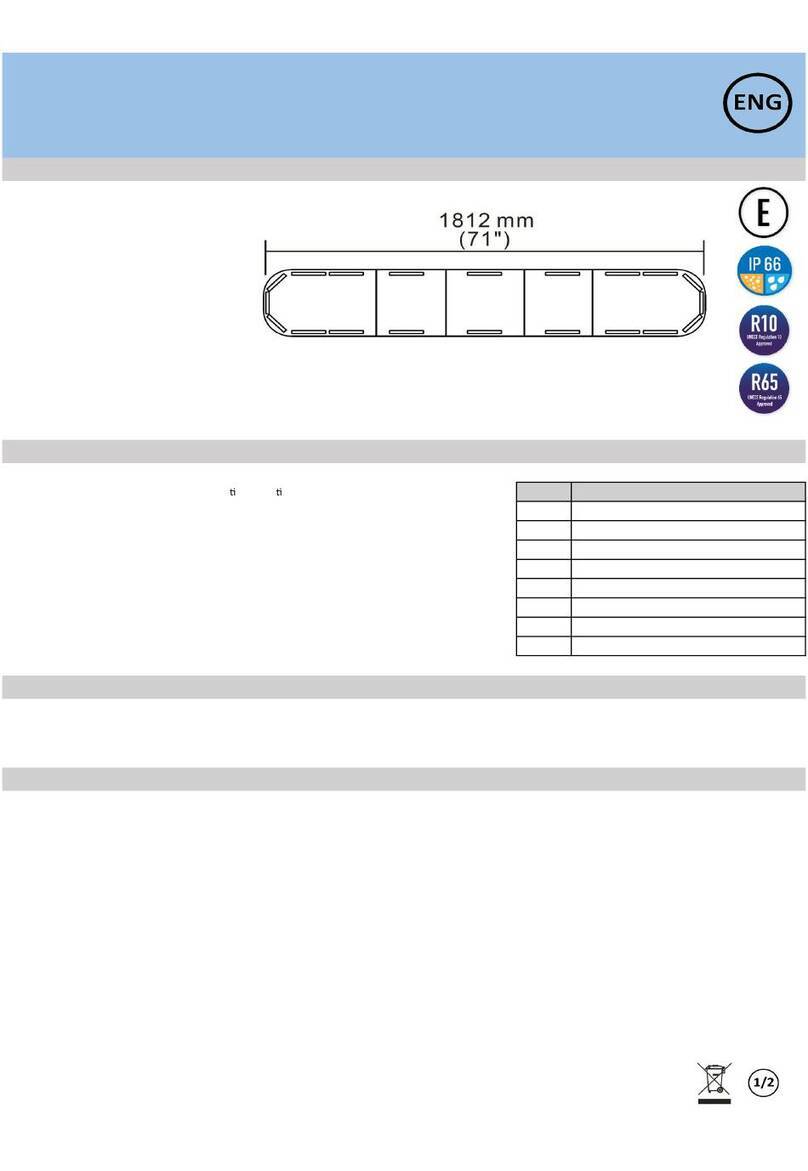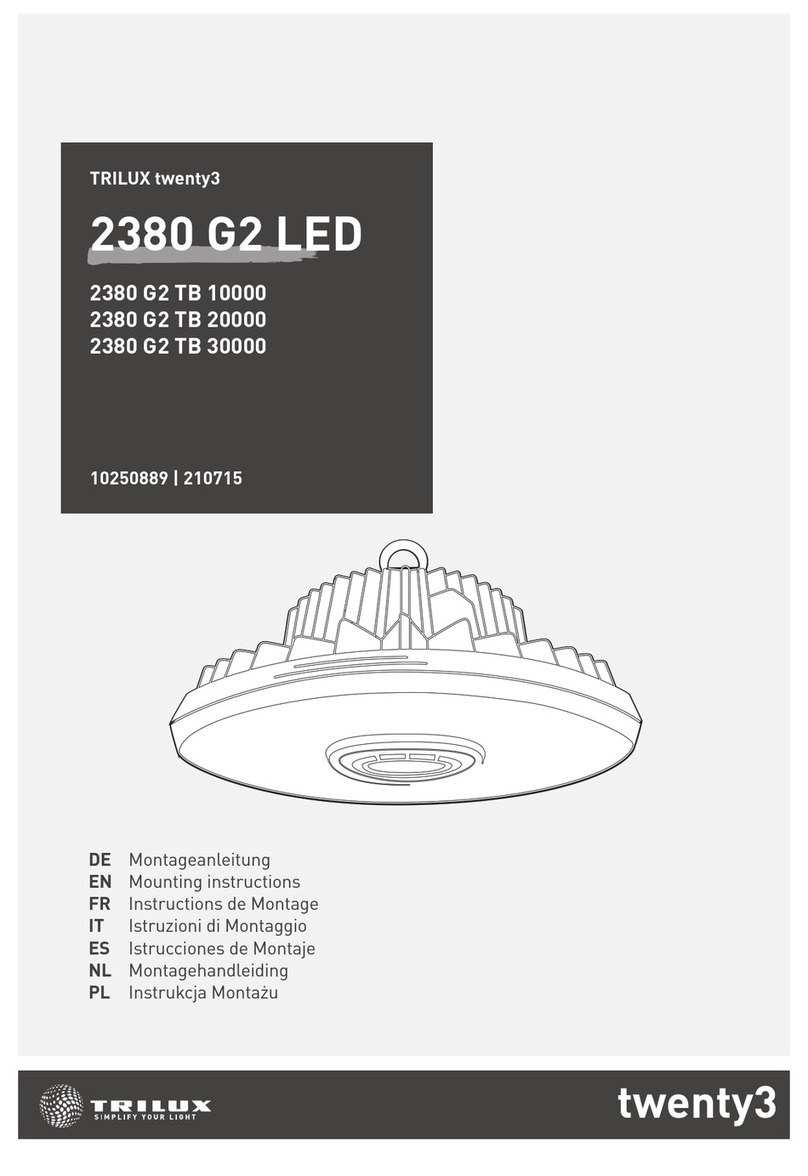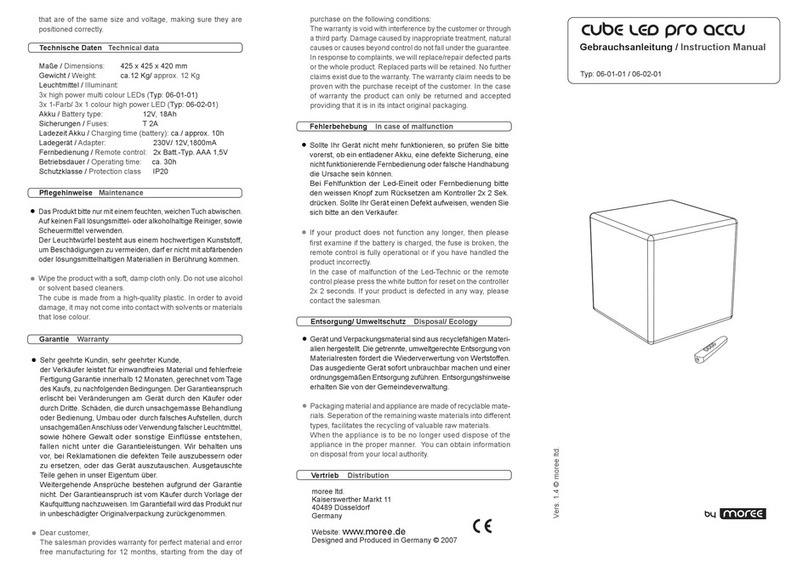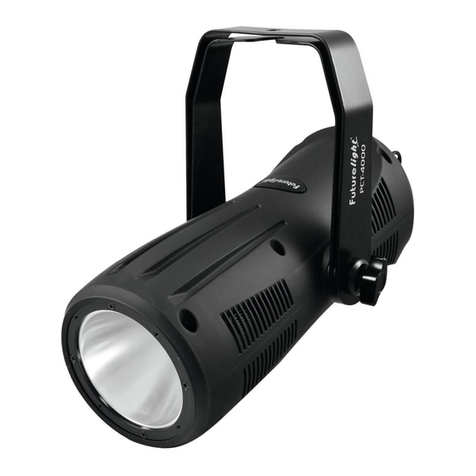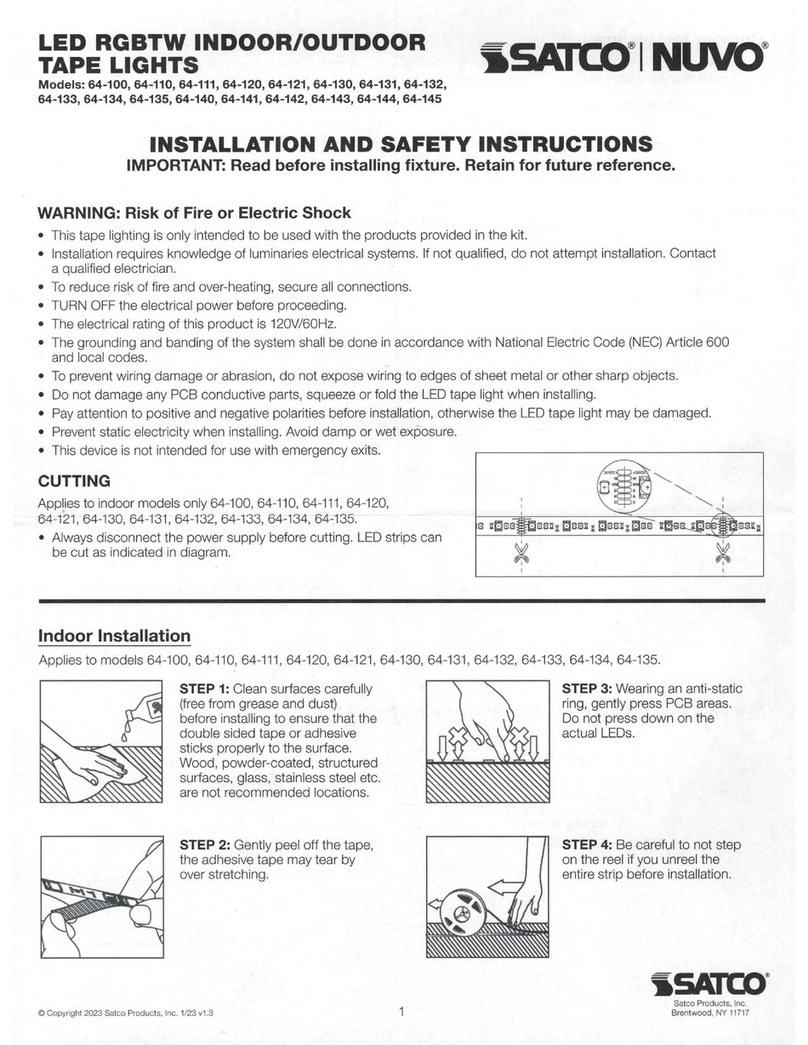4.3.2 Spectrometer calibration
Your spectrometer comes fully NIST traceable calibrated. We recommend recalibrating the
spectrometer yearly, regardless of the operating hours. If a spectrometer calibration is required, please
contact Image Engineering.
Note: Before removing the spectrometer, measure and note the lux value of a predefined standard
illuminant.
After calibrating and reinstalling the spectrometer to your system, perform a spectral calibration (iQ-
LED calibration) and check if this intensity value is still correct. If it is not correct, you have to perform
a lux calibration.
4.3.3 iQ-LED calibration
The individual LED lights of the iQ-LED inside the CAL2 depend on many different types and
wavelengths. Some LEDs will change their intensity level and peak wavelength slightly in the first 500-
600 working hours because of a burn-in effect.
The LEDs will also degrade in intensity during their lifetime. To ensure that all measurements including
the auto-generated and standard illuminants are correct, you must perform a spectral calibration
regularly.
You must also consider the degradation of the LED when saving self-defined presets. Suppose you
save a preset with LED channels that uses its maximum intensity. In that case, the possibility exists
that this intensity cannot be reached after the burn-in time or the long-time degradation of the LED. In
this case, you will get a warning message from the iQ-LED control software.
During the first 500-600 working hours, we recommend performing a spectral calibration every 50
operating hours.
After the first 500-600 operating hours, a calibration of every 150 working hours suffices.
Other factors that indicate the need for a spectral calibration include unsatisfactory illuminant
generation, the aberration of the intensity values, and a spectral curve that does not fit with the
predefined standard illuminants of the corresponding preset.
•The spectrometer works correctly
•The spectrometer settings are correct
•All LED channels work correctly
•The dark measurement is correct
•Your measurement environment is correct
•Your ambient temperature is correct
How to perform the spectral calibration is described in the iQ-LED control software manual.









